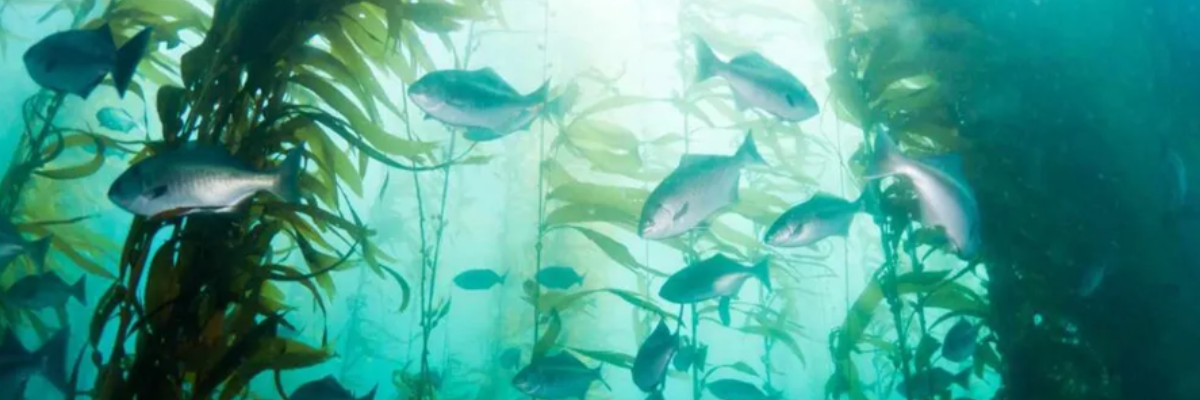Making Super Yachts More Sustainable
Amongst a larger than ever number of sustainability focused presentations and debates at METSTRADE 2019, there was a significant contribution from the Water Revolution Foundation.
With a stated mission to neutralise the ecological footprint of the superyacht industry, and thus help to conserve the world’s oceans, WRF is the first independent, international, science-driven, non-profit organisation with such a clearly defined ‘raison d’être.’
On the stage at the I-nnovationLab to present details of how these aims will be achieved, was Vienna Eleuteri, the Initiator and Vice Chair of WRF, who mentioned that the organisation was also celebrating its first year in operation, having been officially launched during METSTRADE 2018 at the Global Superyacht Forum.
About Vienna Eleuteri
Described by some in our industry as an ‘inspiration to us all’, Vienna has a solid background as a qualified health and environmental scientist, having coordinated several international projects in sustainable development, apart from being Sustainability Manager at Viareggio Superyachts in Italy. She is also President of The Eulabor Institute, a multidisciplinary sustainability research organisation, and has played a pivotal role in transforming the global yachting industry, by introducing new sustainable methods and standards.
Background to the project
The Computational Sustainability concept was originally called Yachting 4.0 which Vienna has been working and building data on for seven years. This led to the launch of the Sustainability Tool at this year’s Global Superyacht Forum, with the overall objective to encompass industrial ecology into the superyacht sector.
The basic idea is to compare with other established industrial sectors, where a Life Cycle Assessment (LCA) approach is becoming an accepted part of the techno-environmental development. As already proven in other manufacturing sectors such as automotive and aerospace, the LCA methodology is an important building block towards a more sustainable future for superyachts.Vienna said, “the world is changing, after all there is only one planet, and it’s very important to use its resources more intelligently in future. But it is also critical to take economics into account as a key driver, after all, nothing happens without the flow of capital.”
“Overall, the concrete aim is to build the next generation of superyachts much more sustainably” she said, “and just as importantly, the market (owner/client) is increasingly demanding that too!”
The four pillars for fostering ecological revolution
So, taking this background into consideration, the multi-disciplined team supporting WRF have built their Foundation’s mission objectives and activities on four distinct pillars, with the aim of fostering an ‘ecological revolution’ in the Superyacht Sector.
- Adoption of new / emerging technologies.
- Consideration of Society / Social impacts.
- Environmental considerations.
- Economic factors.
Vienna, explained that the maximum use of Information and Communication Technology (ICT) is the underlying enabler of the tool’s functionality.
The ultimate aim is for the specifically tailored WRF Assessment Tool to create the ‘next practice platform’ for the whole superyacht industry. This will be achieved by adopting the latest technologies, utilising the ICT to ‘join the dots’ between eco-design and Life Cycle Assessment, and effectively measuring the environmental impact aspects of yacht building, together with the onboard systems and operational factors.
What exactly is Life Cycle Assessment (LCA)?
Vienna stated that nobody knows precisely what the eco-footprint of the superyacht industry really is, and that using LCA as a scientific methodology is the most technically accurate way to establish how the usage of materials and energy will ultimately affect the environmental cost to the planet. Therefore, this is the critical base data required to intelligently feed into the Assessment Tool.
The International Standards Organization (ISO) has defined LCA as follows: "A technique for assessing the environmental aspects and potential impacts associated with a product by:
- Compiling an inventory of relevant inputs and outputs of a product system
- Evaluating the potential environmental impacts associated with those inputs and outputs
- Interpreting the results of the inventory analysis and impact assessment phases in relation to the objectives of the study
How is the Life Cyle Assessment tool being used?
WRF are already getting specific input from yacht builders (yards) via a user-friendly web interface which enables the entered data to be computed, and to produce a result. The input is about materials decision making and energy consuming activities, taking into account such things as: Human Health, Global Warming, Water Scarcity Index, S0x, N0x (Noxious Emissions), and the health of ocean and air.
The evaluation target can be from a design perspective, or for a construction process. The most meaningful target for the health of the environment is ‘Cradle to Cradle.’ This conforms to Circular Economy objectives, meaning that waste materials at end-of-life can be ‘upcycled’ and used again to make another product.
Who is behind the Water Revolution Foundation?
In addition to Vienna, the WRF team boasts an impressive line-up of Superyacht Industry players, all well known in their respective fields, who between them bring a wealth of expertise, and a significant outreach into the market. Chairman Henk de Vries is at the helm of the Feadship group, responsible for seven operating companies and over 1200 employees, building some of the world’s best known and high-quality superyachts.
Other board members are Philippe Briand, the renowned naval architect / yacht designer; Martin Redmayne, Chairman of the Superyacht Group, publishers of the Superyacht Report and one of the leading information suppliers to the market; Peter Lürssen, 4th generation leader of his family’s Lürssen shipbuilding group, with eight shipyards across northern Germany and 2,700 employees; and Wayne Huizenga, who is responsible for managing over a quarter of the Rybovich organisation's client relationships. This puts him in constant communication with many of the world’s finest vessels regarding their technical, operational and mechanical issues
Taking care of the financial and management aspects of the Foundation are, Treasurer and Secretary Louis van Beurden, a qualified tax lawyer with a strong background in corporate finance. And Robert van Tol, Executive director, and formerly Operational Director of SYBAss (Superyacht Builders Association), where amongst other things, he compiled statistics and economic reports for the Association members, worked on ISO standards, and managed the Sustainability Committee.
The entire presentation by Vienna Eleuteri was video recorded and you can check it our here:
Share your stories on leisure marine industry with us
Do you have an innovation, research results or an other interesting topic you would like to share with the leisure marine equipment industry? The METSTRADE website and social media channels are a great platform to showcase your stories! Let us know via metstrade@rai.nl
Are you a METSTRADE exhibitor?
Make sure you add your latest press releases to your Company Profile in the Exhibitor Portal for free exposure.
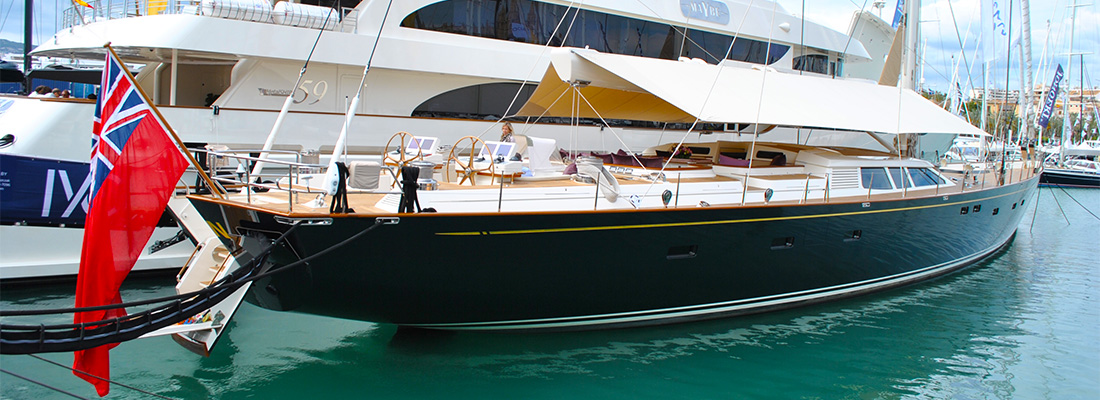
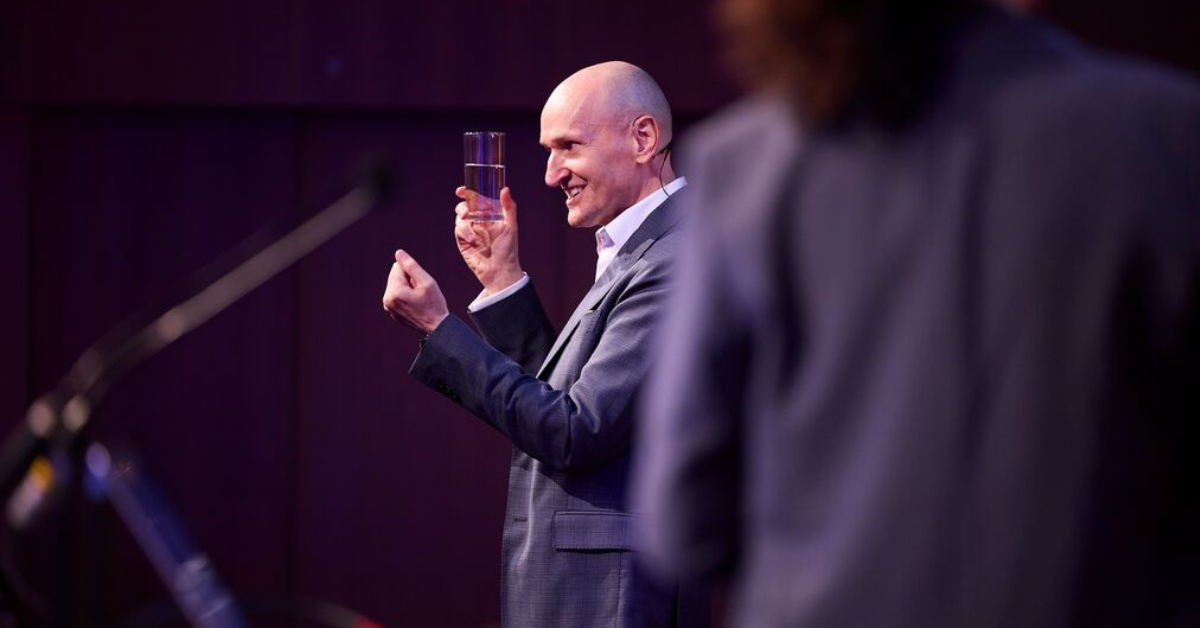
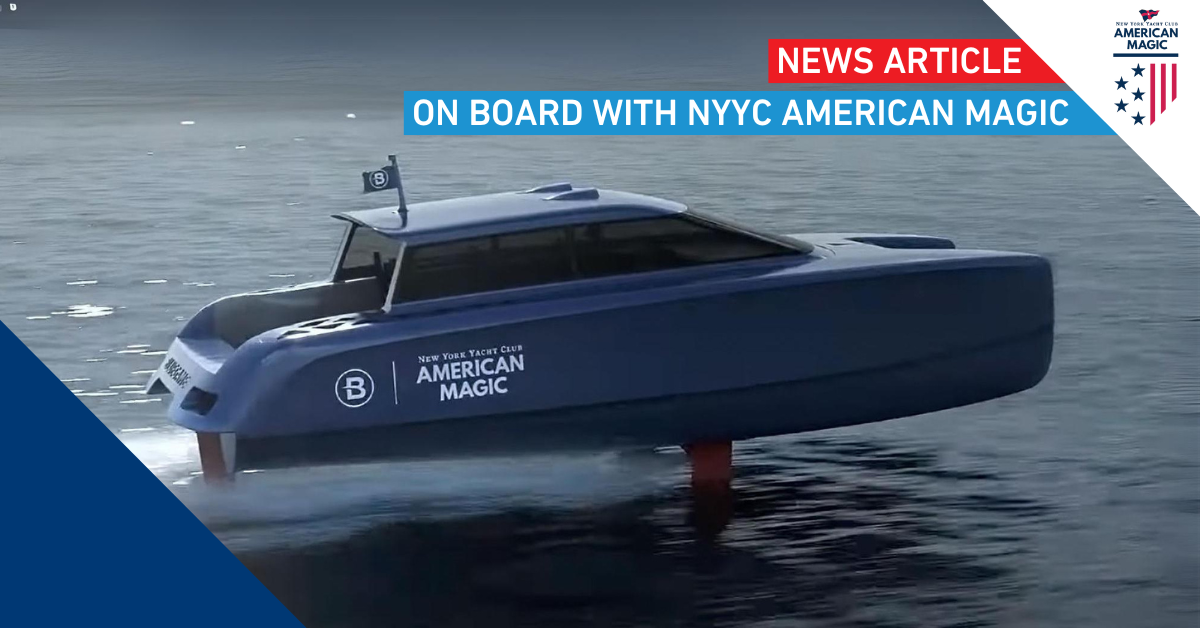
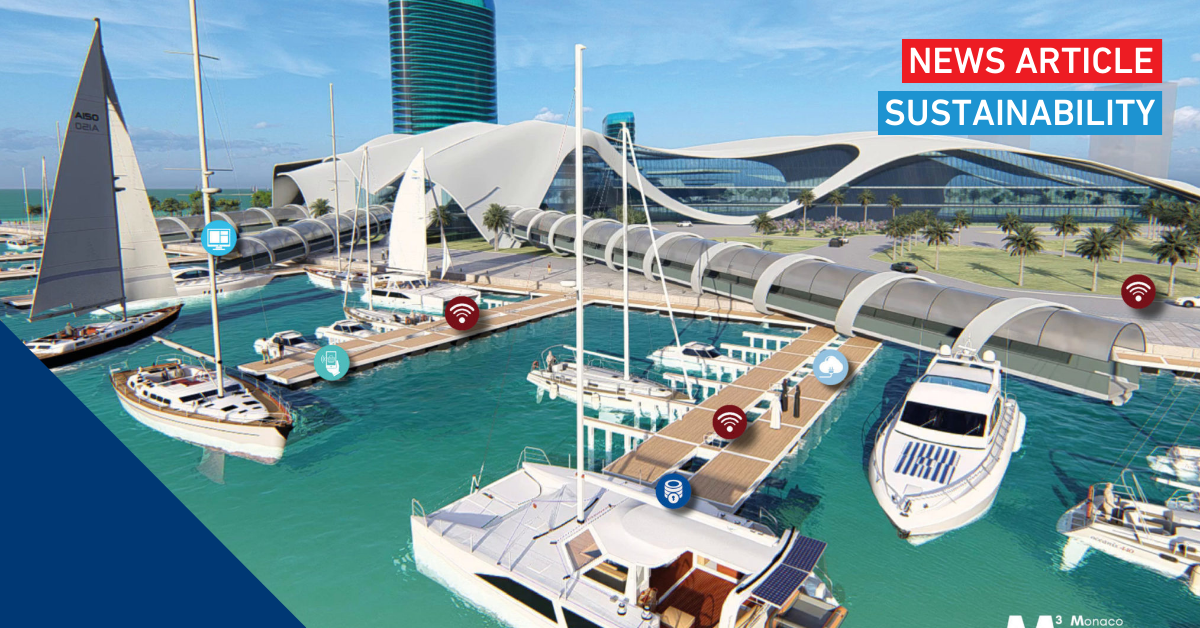
.jpg?h=400&iar=0&w=1200)
